Prueba
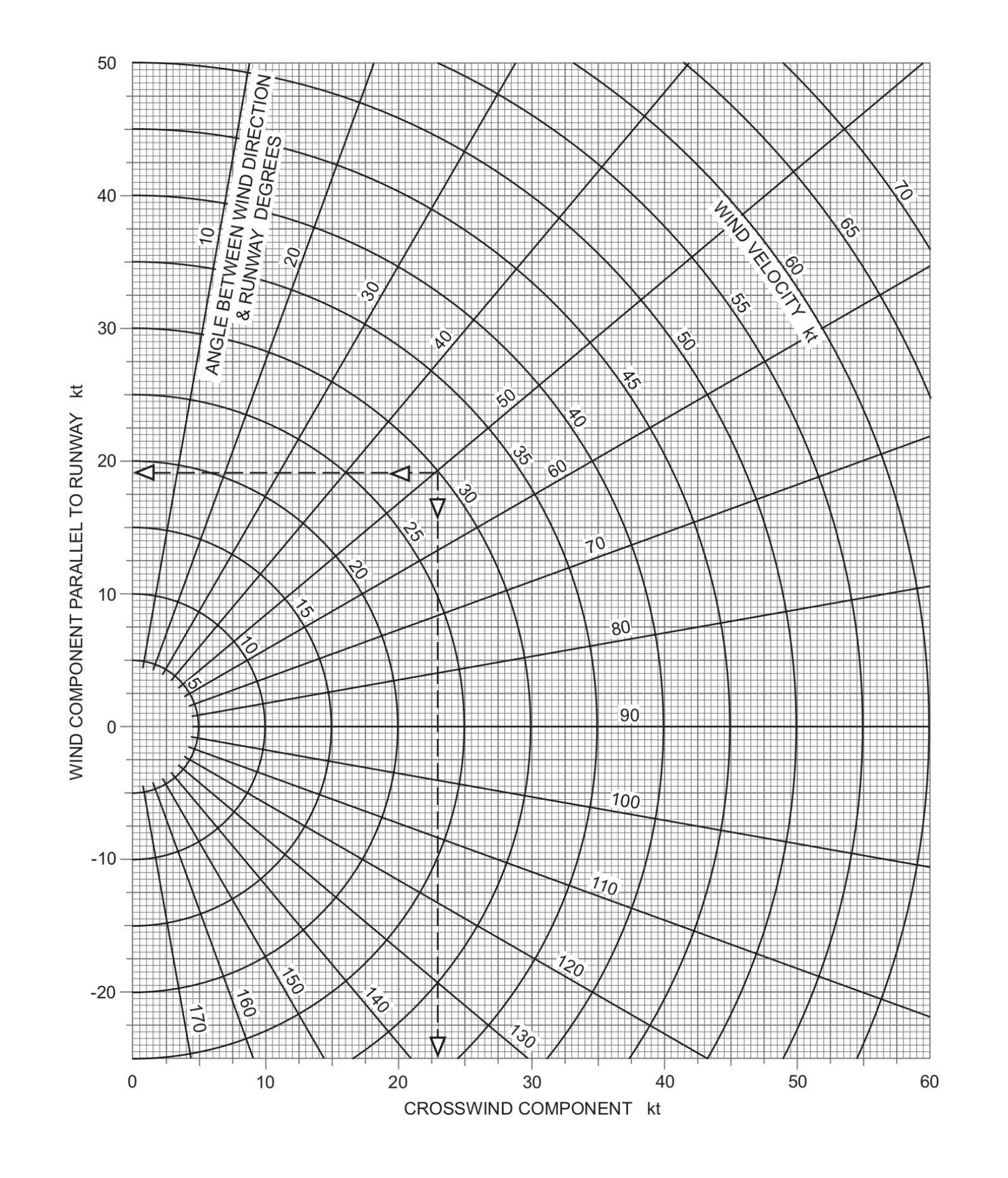
Prueba
Prueba
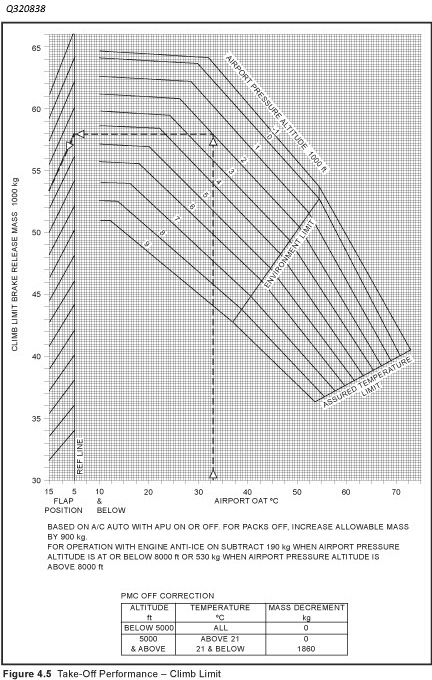
Prueba
Prueba
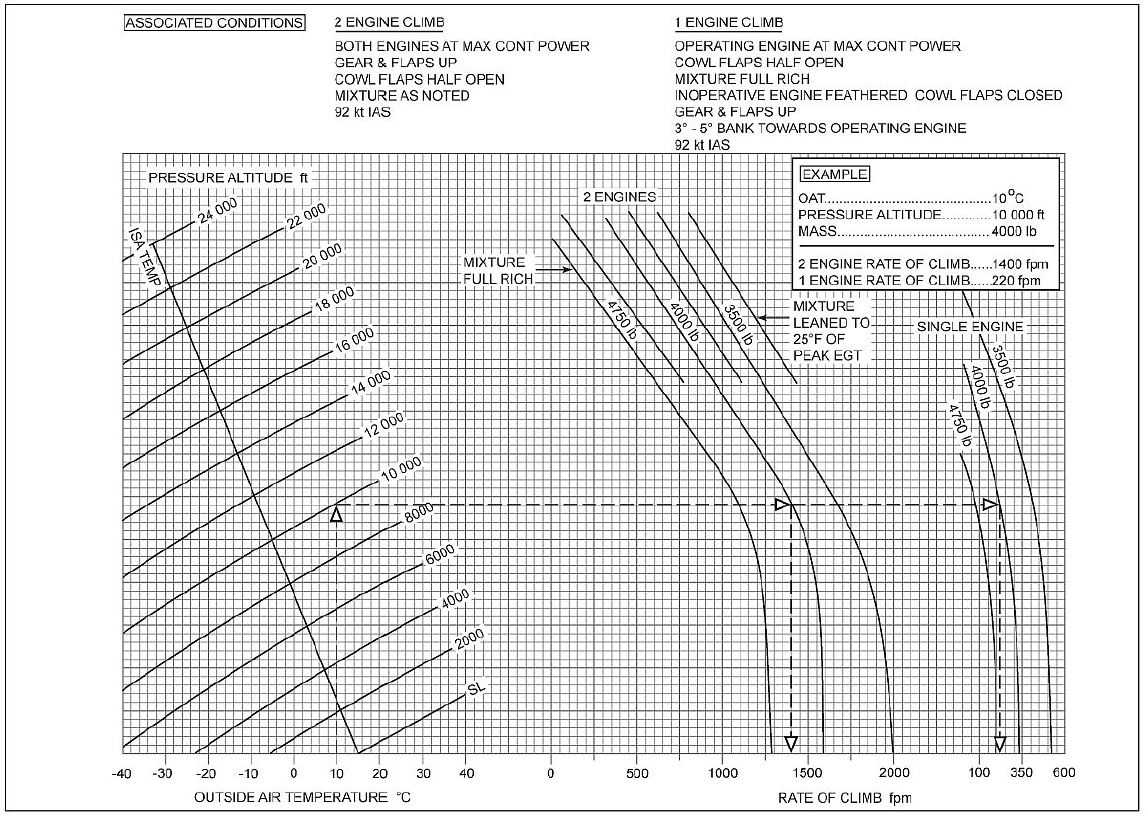
Prueba
Prueba
Prueba
1 998 ft Temperature (OAT): +38 ⁰C Tailwind: 8 kt Tyres:
225 mph Flaps: 5⁰ Aircraft: medium range jet Power management computer (PMC): ON Determine the tyre speed limited take-off mass for a departure from Madrid, Spain:
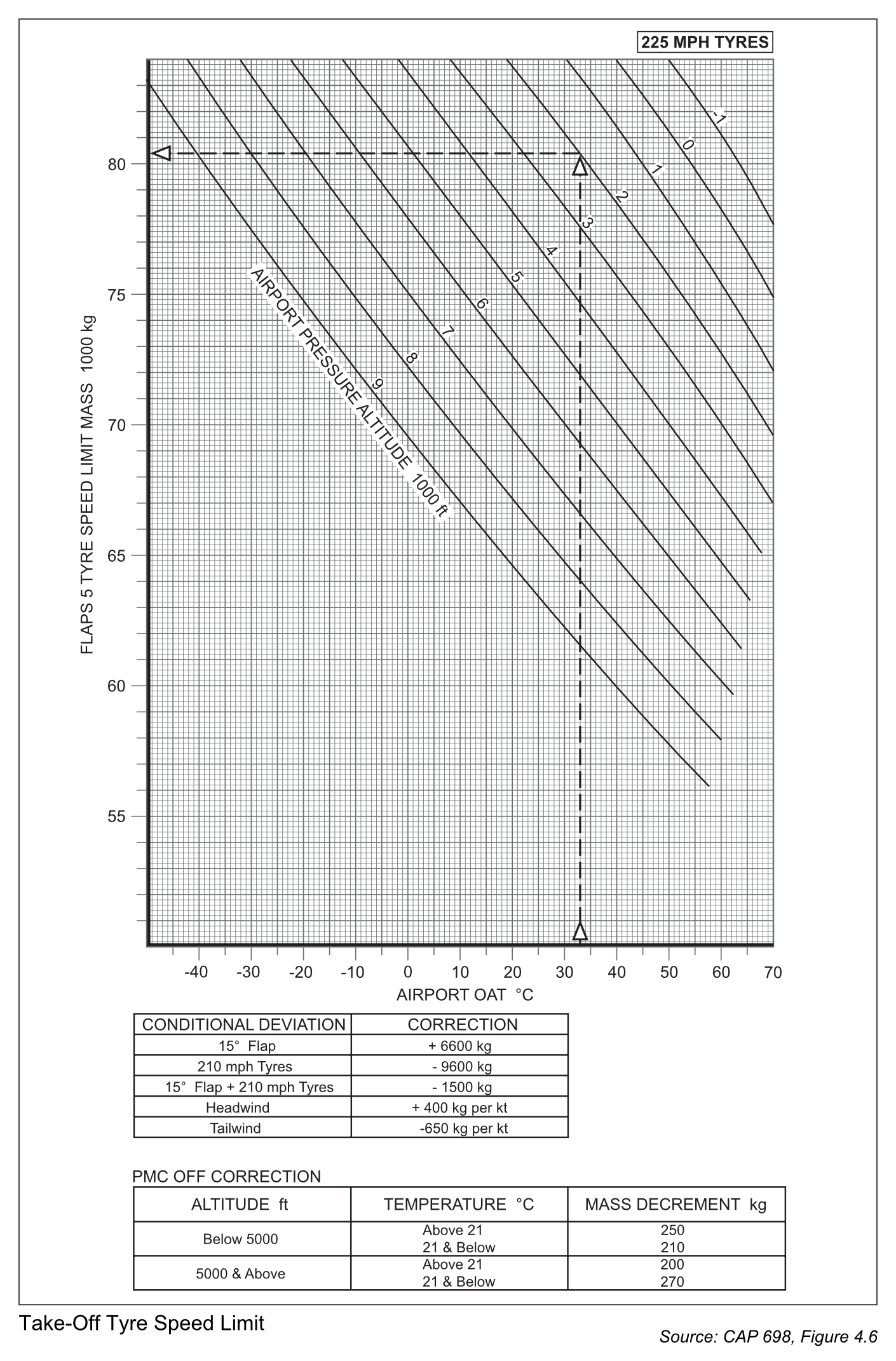
Prueba
Prueba
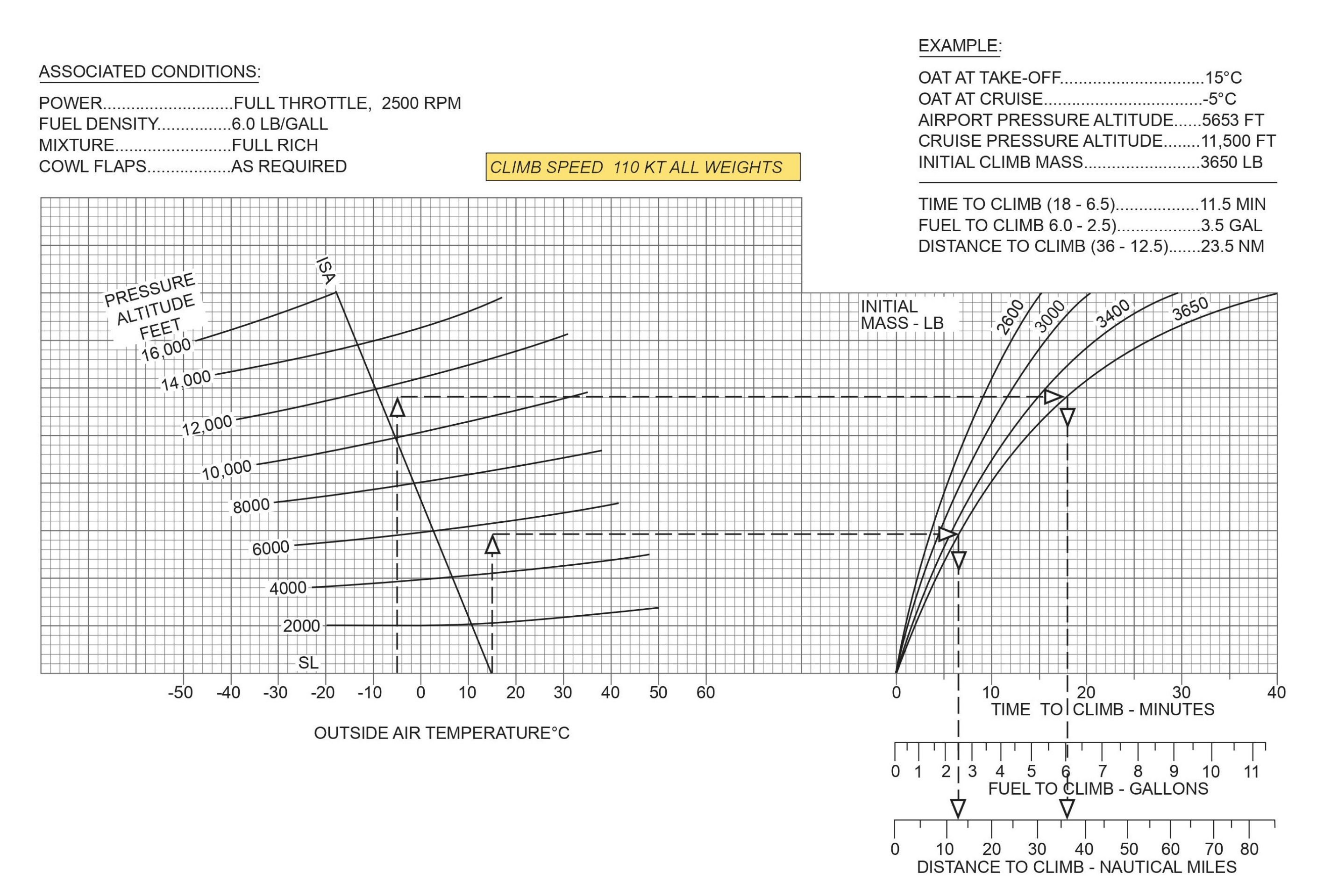
Test CPL (H) Performance Los test de práctica desbloquean todas las preguntas del simulador online
¡Gracias por elegir la versión gratis de prueba de práctica test de Test CPL (H) Performance ! Profundiza aún más tus conocimientos con Simulador de Examen Licencia CPL Helicóptero; desbloqueando la versión completa de nuestro simulador de Test CPL (H) Performance podrás hacer test con más de 852 preguntas actualizadas constantemente y aprobar fácilmente tu examen. El 98% de la gente aprueba el examen a la primera después de prepararse con nuestras 852 preguntas.
COMPRAR AHORA¿Qué esperar de nuestros Test CPL (H) Performance test de práctica y cómo prepararte para cualquier examen?
Los test de práctica Test CPL (H) Performance del simulador son parte de la Examen Licencia CPL Helicóptero Base de datos y son la mejor manera de prepararse para cualquier examen de Test CPL (H) Performance. Los test de práctica de Test CPL (H) Performance consisten en 852 preguntas divididas por 5 temas y están escritas por expertos para ayudarte a aprobar el examen en el primer intento. La base de datos de Test CPL (H) Performance incluye preguntas de exámenes anteriores, lo que significa que podrás practicar preguntas anteriores y futuras. La preparación con el simulador de Test CPL (H) Performance te dará también una idea del tiempo que te llevará completar cada sección de los test de práctica de Test CPL (H) Performance . Es importante saber que el Simulador de Test CPL (H) Performance no reemplaza las clásicas guías de estudio de Test CPL (H) Performance ; aún así, el Simulador ofrece información útil sobre qué esperar y cuánto tendrás que practicar para estar preparado para el día del examen de Test CPL (H) Performance .
COMPRAR AHORALos test de práctica de Test CPL (H) Performance representan una excelente herramienta para prepararte para el examen real junto con nuestros test de práctica de Examen Licencia CPL Helicóptero . Nuestro Simulador de Test CPL (H) Performance te ayudará a evaluar tu nivel de preparación y a entender tus fortalezas y debilidades. Abajo puedes leer todos los test que encontrarás en nuestro simulador de Test CPL (H) Performance y cómo nuestra base de datos de Test CPL (H) Performance compone preguntas reales:
Información del test:
- Nombre del test:Test CPL (H) Performance
- Número total de preguntas:852
- Número de preguntas para el test:100
- Puntuación de aprobado:70%
- Número de temas:5 Temas
- General:430 Preguntas
- Performance Class A - Theory:222 Preguntas
- Performance Class A - Use Of Data:55 Preguntas
- Performance Class B - Theory:102 Preguntas
- Performance Class B - Use Of Data:43 Preguntas
Puedes prepararte para los exámenes de Test CPL (H) Performance con nuestra aplicación móvil. Es muy fácil de usar e incluso funciona sin conexión a internet, con todas las funciones que necesitas para estudiar y practicar con nuestro Simulador de Test CPL (H) Performance .
Usa nuestra aplicación móvil, disponible para dispositivos Android e iOS, con nuestro Simulador de Test CPL (H) Performance . Puedes usarla donde quieras y recuerda siempre que nuestra app es gratis y disponible en todas las App Stores.
Nuestra aplicación móvil contiene todos los test de práctica de Test CPL (H) Performance que consisten en 852 preguntas divididas por 5 temas y también ofrecen material de estudio para aprobar el examen final Test CPL (H) Performance con éxito garantizado.
COMPRAR AHORA